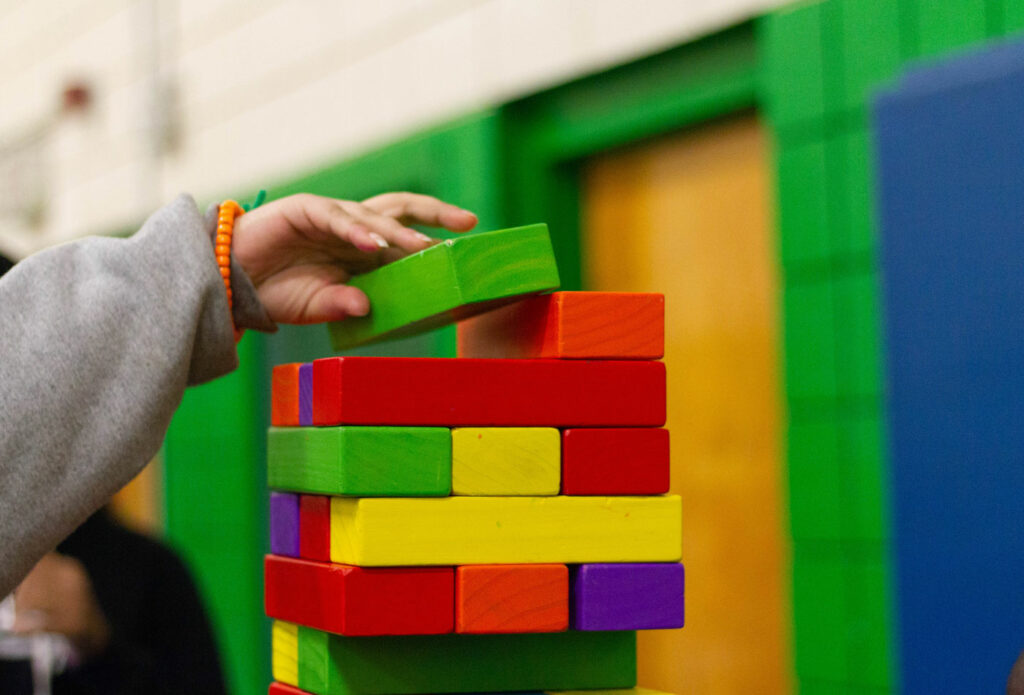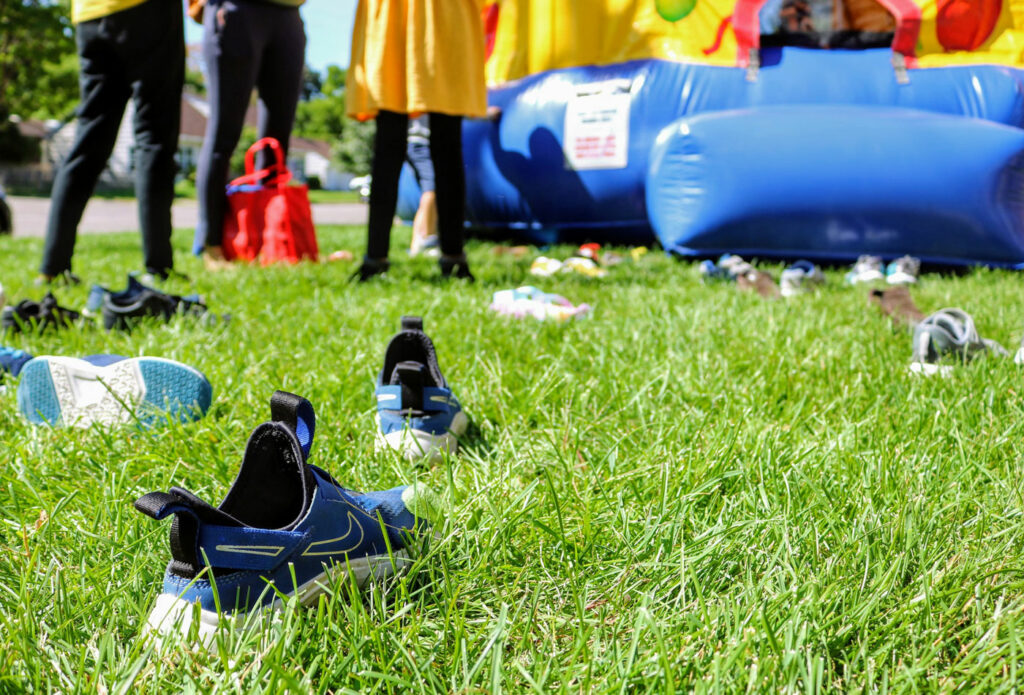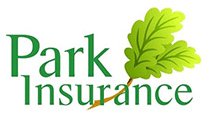If you love kids then the idea of setting up a business where children can play in a safe and soft environment sounds like the perfect plan for a great venture. But it’s not all fun and games (ask any parent just how taxing looking after energetic kids can be, and now multiply that by a hundred!), and even the wonderful world of children’s play has a serious side.
So before you cover everything in child-friendly soft furnishings and throw open your doors, here are a few things you’ll need to consider before you set up a children’s soft play centre, including how to get the right kind of soft play centre insurance.
Cost
It’s going to cost you quite a bit to set up a soft play centre. Estimates range from around £120,000 for a 5,000sq ft unit. Why is it so expensive? Well, because all those soft play areas must meet extremely strict health and safety criteria, and unfortunately that doesn’t come cheap. So, you will need to treat this as a serious business investment, and ensure you’ve either got the capital before you start, or have the backing of an investor. Whatever you do, don’t start securing loans against your home, as if the business folds you could literally end up losing the roof over your head.
So before you start, it’s important to have a clear and well-constructed business plan. Part of that is showing that you’ve taken soft play insurance into consideration, and have set aside adequate funds in your plan to cover everything from Public Liability Insurance (an absolute essential) through to Employer’s liability cover (a legal requirement if you employ staff), loss of earnings protection, and commercial buildings and contents insurance.

Finding the right location
As with all businesses, you need to find the right location. Consider outside facilities as well as inside – for example, is there enough parking for parents picking up and dropping off their children? Does the building you’re looking at feel ‘child-friendly’, or is it a little too ‘industrial’ to create a truly nurturing environment? Are you close to other play centres that may have an impact on the number of clients who choose to send their children to your centre? All of these need to be looked at before you buy any soft play equipment.
Planning requirements
Indoor play centres in England, Wales and Northern Ireland need planning class D2. North of the border you’ll need planning class 11, so check with your local planning department that your design meets all their criteria before going ahead. It’s also wise to include a RoSPA inspection report before you open the doors to make sure your play centre meets all the criteria. That could also be very important in the event of any insurance claim, especially if a parent brings a claim against you for any injuries sustained by their child while at the centre.
Insuring yourself
While starting up a soft play centre involves a great deal of planning, don’t cut corners when it comes to soft play centre insurance. An injury claim from a parent could not only cost you financially, but it could also ruin the reputation of your play centre very quickly. While you cannot insure against damage to your reputation, you can protect yourself financially by ensuring you have the correct Public and Personal Liability insurance in place.
If you employ staff then by law you will also need Employer’s liability cover too, while other insurance such as commercial property insurance and specialist cover designed for soft play centres will protect you, your business, and your finances.

Creating a business plan
A hefty outlay is associated with setting up a soft play, so it’s important to plan every stage carefully, not only to manage your cash injection but to help show potential investors that you’re capable of bringing your plans to fruition.
When planning to launch a soft play business, your business plan will serve as a blueprint for each stage, keeping track of your budget at each step. Within your business plan, the key areas of spending to analyse are:
- Play equipment – Not only do you need to source equipment to buy or rent (and this may involve a bespoke design process), but you also need to factor in the ongoing costs of maintaining these pieces to ensure safety standards are upheld.
- Premises and remodelling – Few buildings are immediately suited to a soft play centre because you need a large open space, with a ceiling height for multi-level play equipment and a commercial kitchen and toilet facilities.
- Furnishings – The part of a soft play that parents love the most is the café and seating area. You’ll need to purchase the dining tables, sofas and chairs to provide a rest zone, and in large premises, this can represent a significant outlay.
- Staff wages – As well as supervisors in the play area, plenty of workers are needed behind the scenes to keep a soft play centre running.
- Cleaning – In addition to the cleaners who’ll keep the toilets, eating and seating areas clean, you’ll need a professional team who can keep on top of cleaning the soft play equipment. From the ball pit to the slides, it can take a lot of time and effort to maintain the hygiene standards that will keep your customers safe and regular deep cleans are essential.
- Utilities – Although you can keep the soft play slightly on the cooler side to prevent little ones from overheating while they have fun, you need to be prepared for high heating costs over the autumn and winter while keeping the other portions of your premises at a comfortable temperature.
- Marketing – You need a marketing strategy that will promote your unique selling points, and you should also form strong working relationships with other local businesses (especially those that are family and child-centred). In addition to your online presence, distribute paper marketing to town and village halls and schools where parent and child groups are held, in addition to local libraries and community notice boards.

What equipment is needed for a soft play business?
Ultimately, children decide which soft play areas they like, so let the experts guide you when planning your equipment purchases. Research popular soft play sets in your area and notice how children use them.
The play equipment will likely be multi-level, so there are plenty of different types of equipment to consider alongside the structural frames and platforms. Commonly, a ball pit is located on the ground floor, and here, you can also have foam shapes, swinging obstacles and climbing nets and ladders up to the next level. You may wish to include connecting tubes, bridges, firefighter poles and the all-important wave slides.
Think about your youngest soft play visitors, cordoning off a section for infants and toddlers to enjoy sensory soft play. The type of equipment is very important when setting up a soft play.
UK rules and regulations
The best way to get the health, safety and legal regulations of your soft play business right is to hire a professional to lay out stringent guidelines for you to follow. Soft play legal requirements in the UK are very similar to those for other businesses. In fact, one of the best ways you can protect your customers, staff and business finances is by taking out comprehensive soft play insurance cover, which you will read about shortly.
In terms of regulations, you can visit the RoSPA website to learn all about soft play standards.
If you’re planning to prepare and serve food, you’ll need to contact your local authority’s environmental health department to register the premises.
Other important safety considerations to keep in mind include having sufficient staff members trained in first aid and providing adequate signage to show customers how to use the equipment safely.
One of the most important aspects of keeping your soft play business safe is holding the right type of insurance.
Finding the right soft play insurance
Soft play insurance costs less than you might imagine, especially when working with an insurer such as Park Insurance, which can make a bespoke policy with focused cover. Typically, this coverage will include:
- Public liability – RoSPA recommends you take out at least £5 million in cover to protect you against claims made by members of the public for injury or personal property damage attributable to your business. Accidents can and will happen in this busy environment, even with well-maintained play equipment, so this cover is essential.
- Product liability – To protect you against claims relating to injury, damage, or illness caused by a defective product within your soft play centre or that members of the public can take away from your establishment (such as food containers or kid’s toys from your gift shop).
- Employers’ liability – A legal obligation in the UK if you have employees, you must hold at least £5 million in cover to protect against claims made by staff for illness or injury attributable to your business.
- Play equipment cover – Ensuring your greatest asset can be repaired or replaced promptly in the event of damage or loss.
- Building and contents – You’ve probably put a lot of time and money into making your premises just right for a soft play, so protect the bricks and mortar and its contents to ensure you can return the plot to its current state.
Park Insurance can talk you through the levels of all these covers as well as discuss other useful additions, such as business interruption cover and cyber liability. Get in touch with our team today to see how we can support your soft play business.

